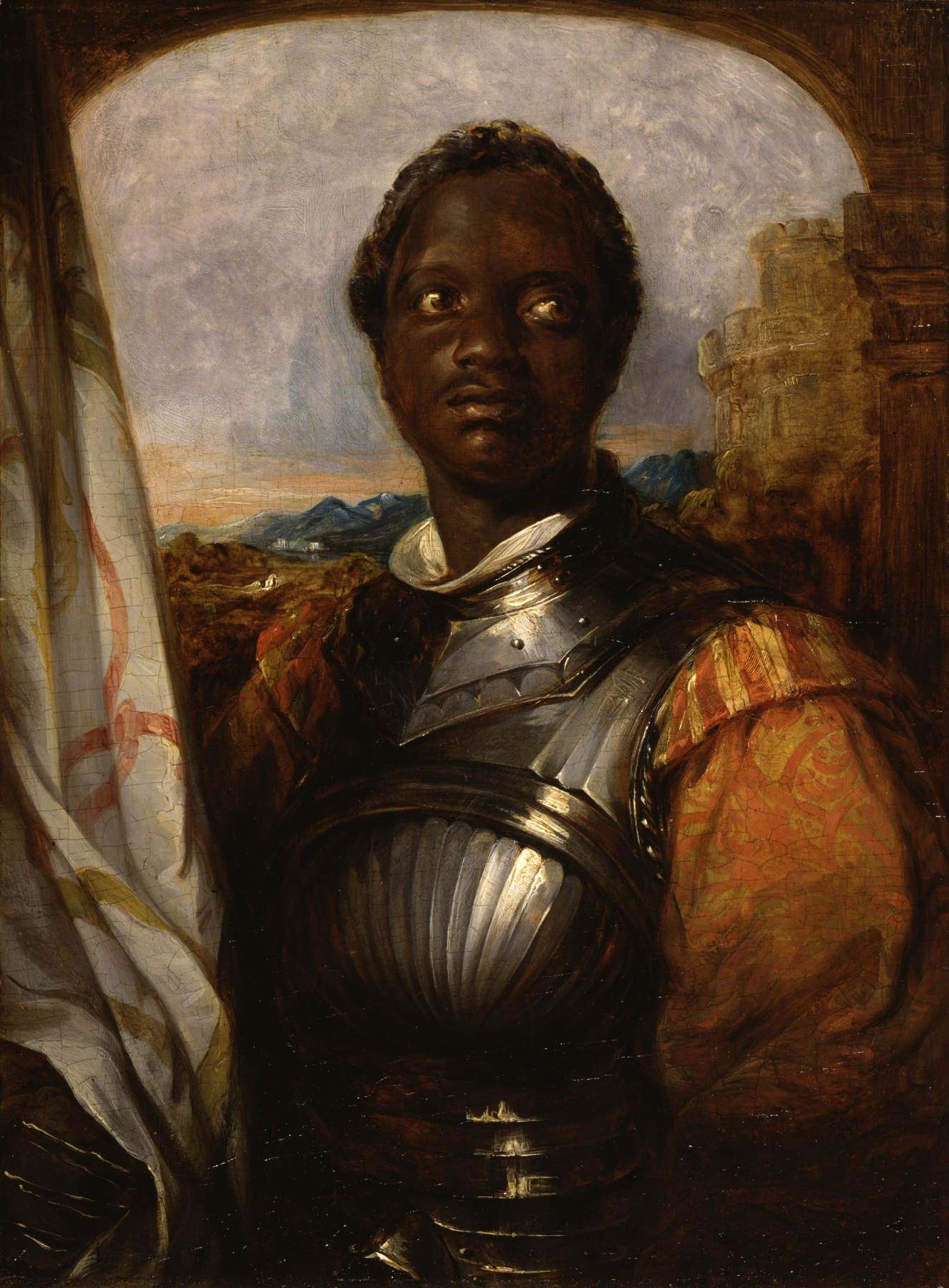
There, Iago persuades him to bate Cassio right into a public brawl and, ultimately, draws him right into a murder plot, which, unfortunately for Roderigo, goes awry. These 3 traits are exploited mercilessly by Iago.Once the plan to ruin Othello with reports of his elopement fail, Roderigo joins the journey to Cyprus. The truth is, obviously, Iago is using Roderigo’s money for their own gains.Subsequently, from the commencement from the play, it's pay off the Roderigo is naïve (to say the least), wealthy and besotted with Desdemona. In this first scene, the crowd also learns that Roderigo has provided Iago billions of money “That thou, Iago, who hast had my purse / As though the strings were thine…”(I.i), that they believes has been accustomed to help him woo Desdemona. Underneath Brantanio’s balcony, he and Iago collude inside a plot to ruin Othello by exposing his marriage to Desdemona. So, why did Shakespeare get this to addition and just what purpose does Roderigo serve in the play?Roderigo as Iago’s SidekickThe audience Ugg Outlet is brought to Roderigo in the very first scene of the play. The majority of Shakespeare’s plays are retellings of established tales and, therefore, a lot of his characters (although altered Ugg Boots Cheap to match the playwright’s purposes) get their foundations in fully formed fictional creations or historical fact.Roderigo, however, has no precursor in Shakespeare’s source for Othello, Cinthio’s Un Capitino Moro. In 2006, Omkara, the Bollywood version of Othello, Roderigo née Rajan ’Rajju’ Tiwari was played by Deepak Dobriyal.What's the significance of Iago's foolish sidekick and just how does he influence the action of the play? Samantha MarkhamThe smoothness of Roderigo, in Shakespeare’s Othello, is just one of those rare things: a creation of Shakespeare’s imagination. Other film interpreters of the role include Ferdinand von Alten in the 1922 silent version starring Emil Jannings, Robert Lang in the 1965 version starring Laurence Olivier, and Michael Maloney in the film version with Laurence Fishburne. As a result, a lack of costumes forced Roderigo's murder to be staged in a Turkish bath with the performers garbed in large, ragged towels. The production was filmed over a three-year period and was hampered by its Italian backer declaring bankruptcy early on in the shoot. Robert Coote played Roderigo in Orson Welles' 1952 film. He is there to show us how manipulative and deceiving Iago can be.īased on the fact that Othello was composed in near proximity chronologically to the composition of Twelfth Night, modern interpreters of Roderigo sometimes play the role as a dimwit in the manner of Andrew Aguecheek or Rosencrantz and Guildenstern, with the rationale being all four roles would have been played by an actor in Shakespeare's company specializing in foppish characters. But it is later revealed that he had written letters before his death to tell the truth about Iago's plot. Finally realising how he has been deceived, Roderigo curses Iago before being stabbed and left for dead. Iago discovers Roderigo and renders the coup de grâce. In Act Five Scene One, Roderigo fails to kill Cassio, and is himself wounded in the attempt. Roderigo next appears in Act Four Scene Two where Iago lures him into a plot to murder Cassio. In Act Two Scene One, Roderigo disembarks to Cyprus, and, two scenes later, provokes the brawl that results in Cassio's disgrace. He is present in Act One Scene Three when the couple defend their union before the Duke. In the following scene, he accompanies Brabantio to the Sagittary where the newlyweds are found. Roderigo makes his first appearance in Act One, Scene One when, as Iago's confederate, he rouses Brabantio with the news that Desdemona has eloped with Othello.


Cinthio's tale may have been based on an actual incident occurring in Venice about 1508. While no English translation of Cinthio was available in print during Shakespeare's lifetime, it is possible the dramatist knew the Italian original, Gabriel Chappuy's 1584 French translation, or an English translation in manuscript.

Othello has its source in the 1565 tale "Un Capitano Moro" from Gli Hecatommithi by Giovanni Battista Giraldi Cinthio.


 0 kommentar(er)
0 kommentar(er)
